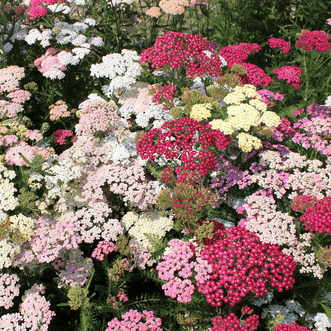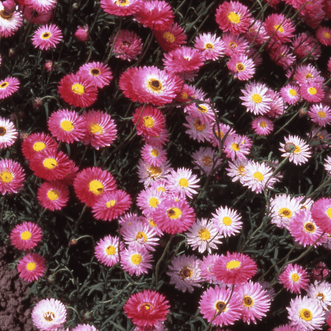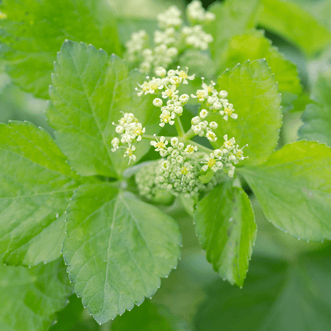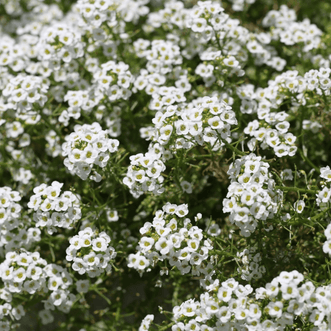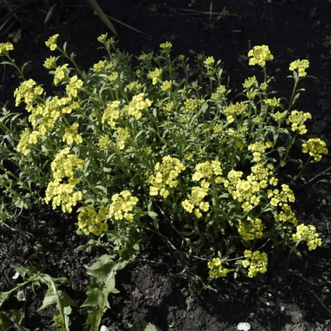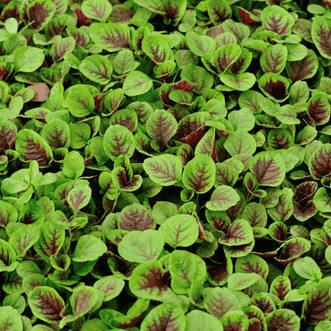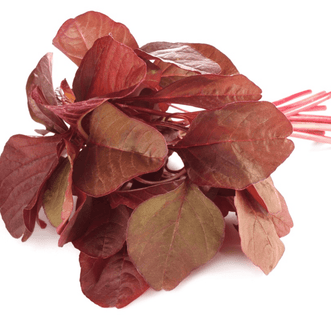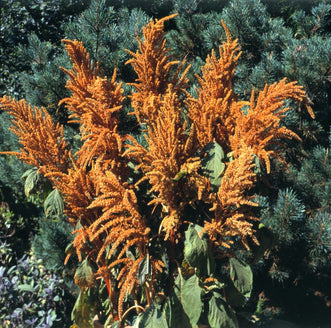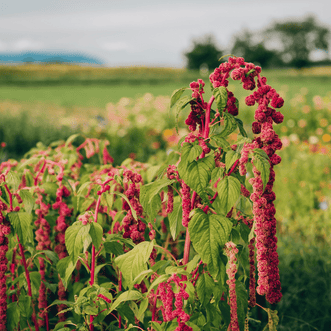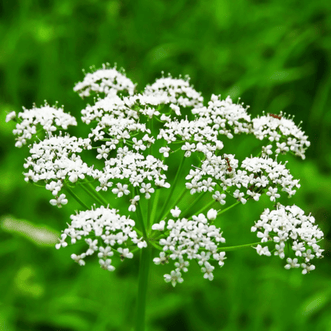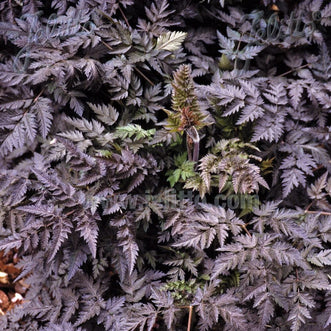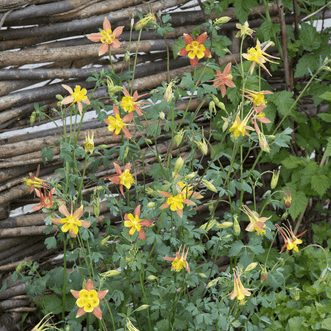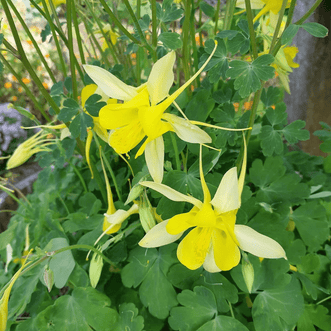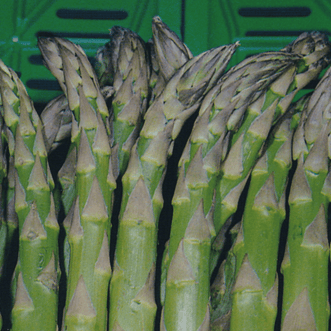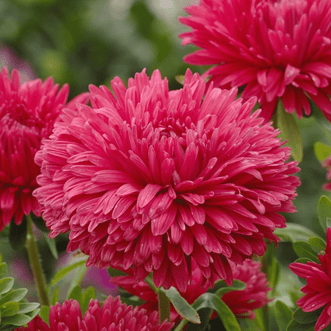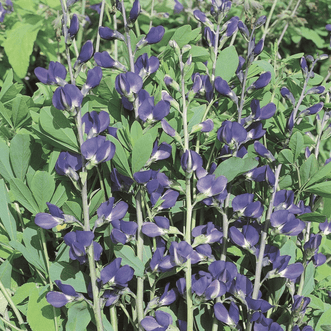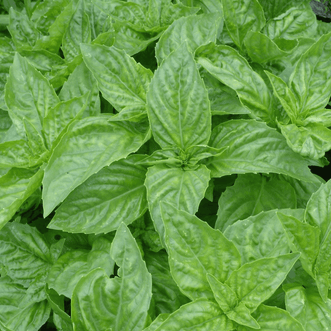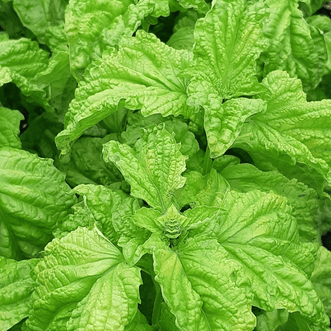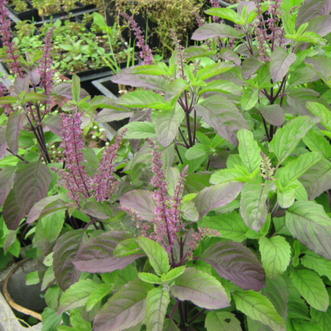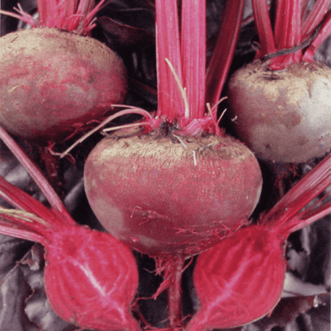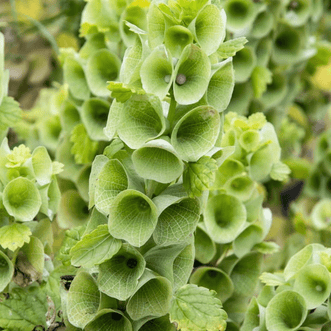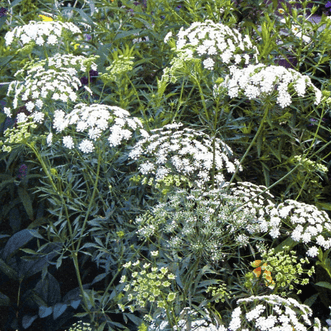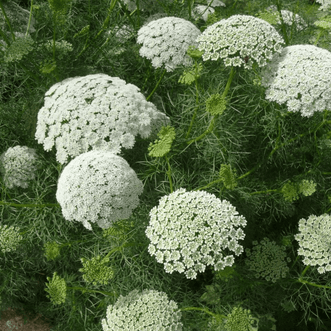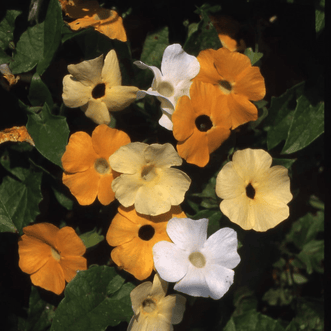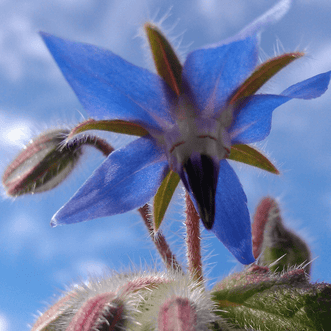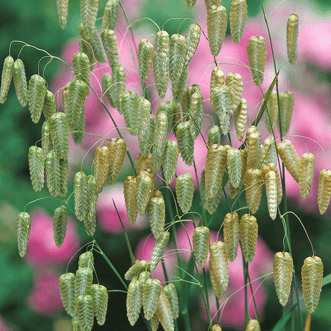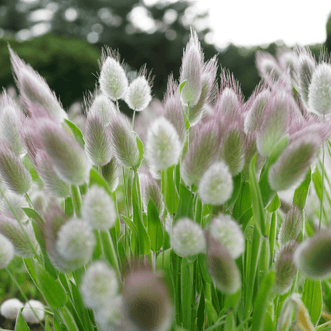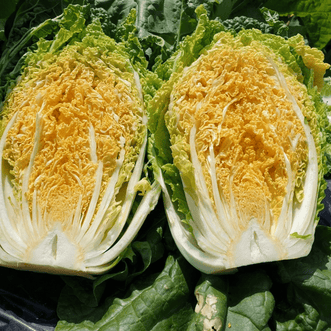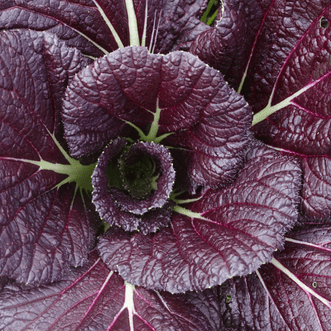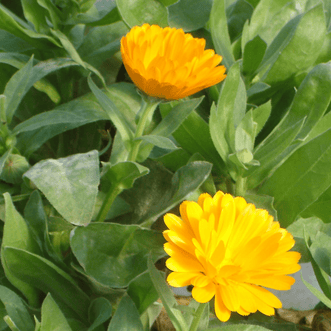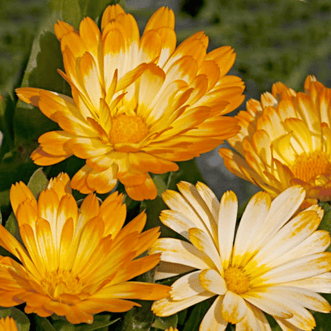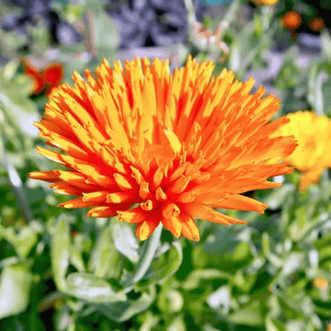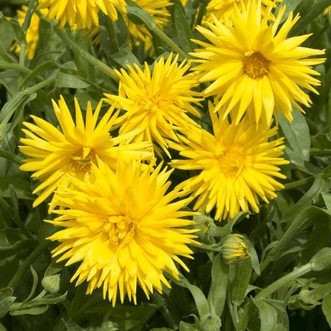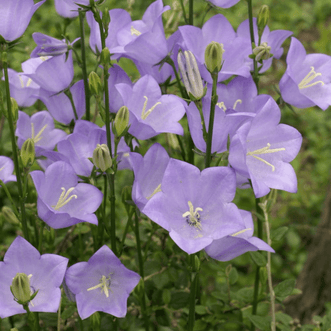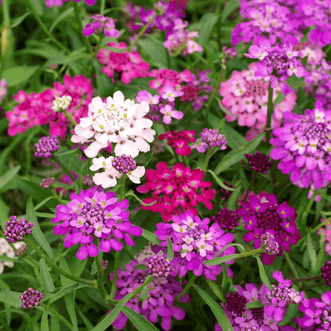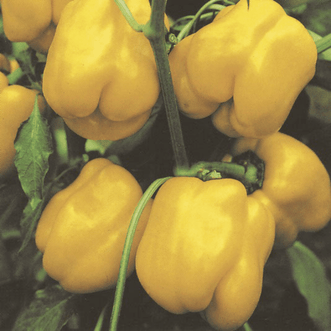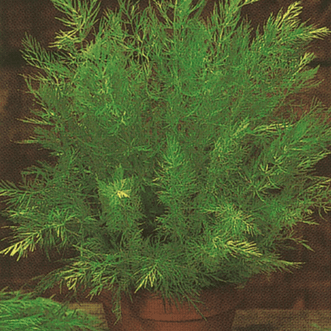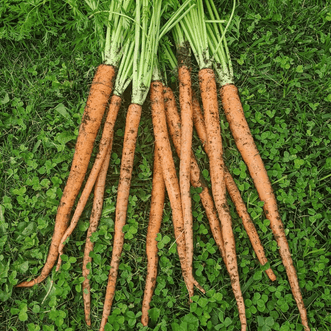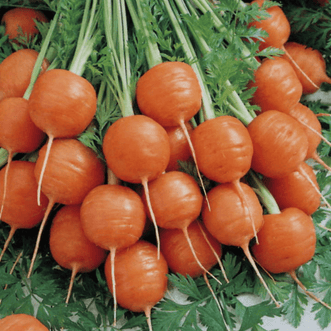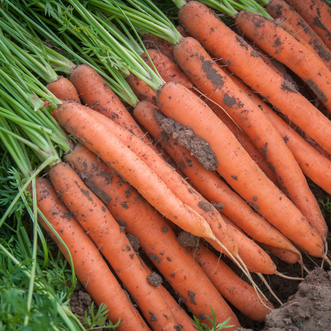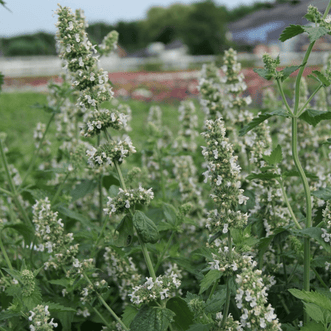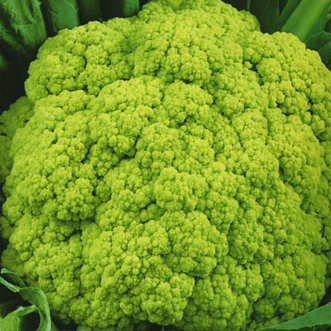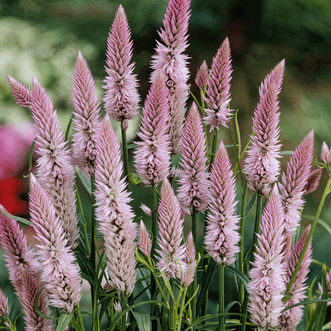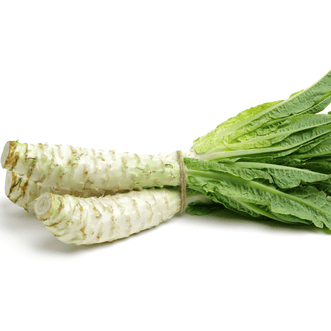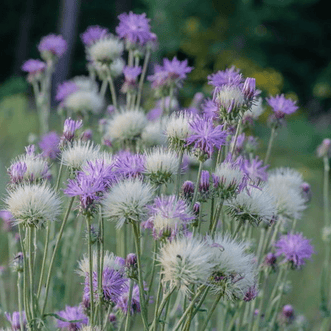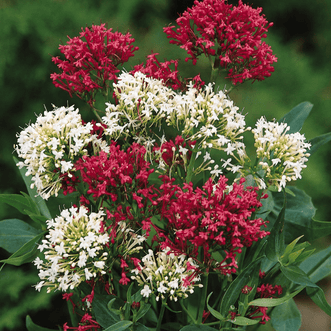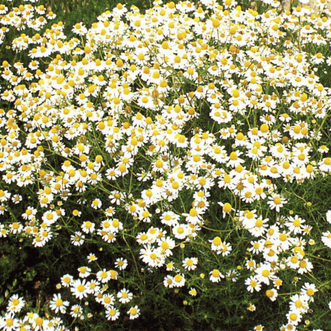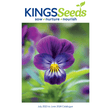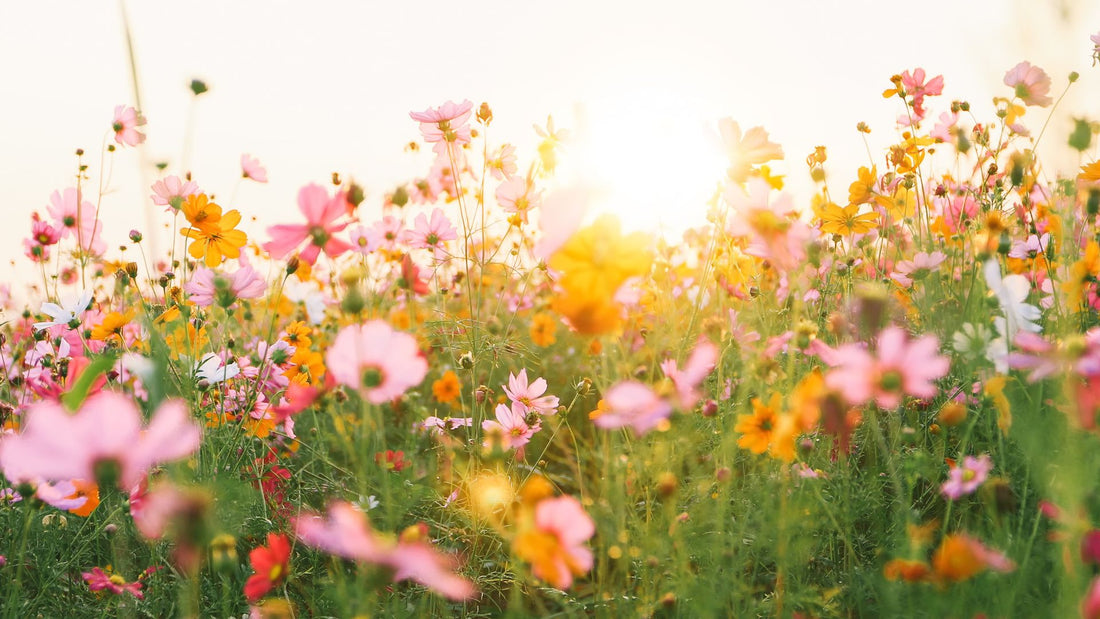
For Greater Success with your Wildflowers
TylerWeed control is achieved in two stages - initial clearing of the site and ongoing maintenance:
Prepare the soil for sowing by removing unwanted vegetation. Lightly till, or rough up the surface of soil. Do not dig deep as this encourages weed seeds. Allow new weed seeds to come away after cultivating, then remove again before sowing by burning, steaming or spraying.
Choose appropriate seed for your site. Wildflowers are not gross feeders and don’t require large amounts of fertilizer. However, a dusting of lime at a rate of ½ to 1 kg per square metre is helpful to unlock soil nutrients and make them more readily available to plants.
Mix seed with an inert carrier like damp sand, sawdust or pumice (1 part seed to 15-20 parts carrier) and hand broadcast in a systematic fashion. Gently rake in but do not cover the seed too deeply (1cm max).
Wildflower seeds require water to germinate, but once established can survive with very low rainfall. Keep lightly moist for 4-6 weeks. Best times to sow are spring and autumn.
A regular program of weed control is essential to establish the wildflowers as the dominant species. Weeds should be eliminated as soon as they can be recognised either by pulling out, spot spraying with a general herbicide or selective cutting with a line trimmer.
Irrigate when possible through spring and summer.
Mow or cut in autumn to tidy site and scatter seeds. Consider over sowing to introduce new varieties at this stage.

